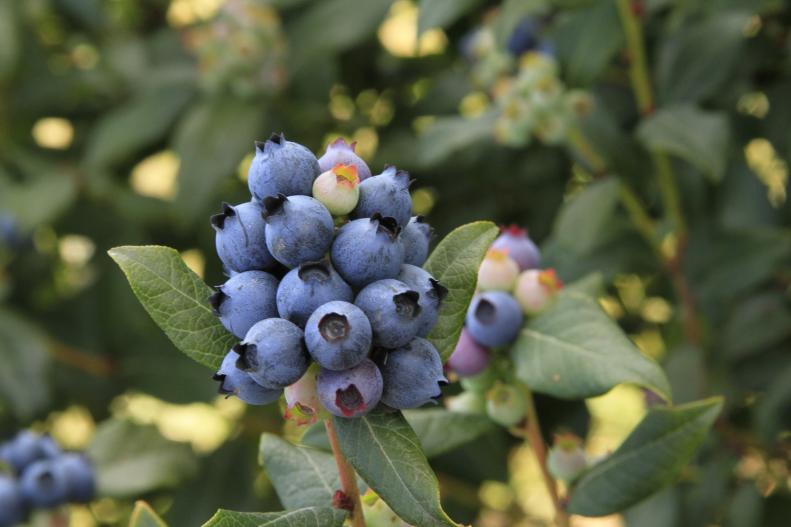Blueberries
Blueberries like 'Perpetua' love acidic soil. A soil test kit, available online or from a hardware store or garden center, makes it easy to determine whether your soil is acidic or alkaline.
Start by taking dry soil samples from different areas in your planting site. Mix them with the chemical solution in the test tubes from the kit, and mark the tubes so you’ll know where each sample came from. (The pH may not be the same throughout your site.) Now compare the solution colors to the chart in the kit. Dark green indicates alkaline soil (the pH is above 7), while yellow or orange means the sample is acidic (the pH is below 7). Bright green means neutral soil, or a pH of 7.0. To increase your soil’s acidity, use sphagnum peat around your blueberries or apply a high-acid fertilizer.









